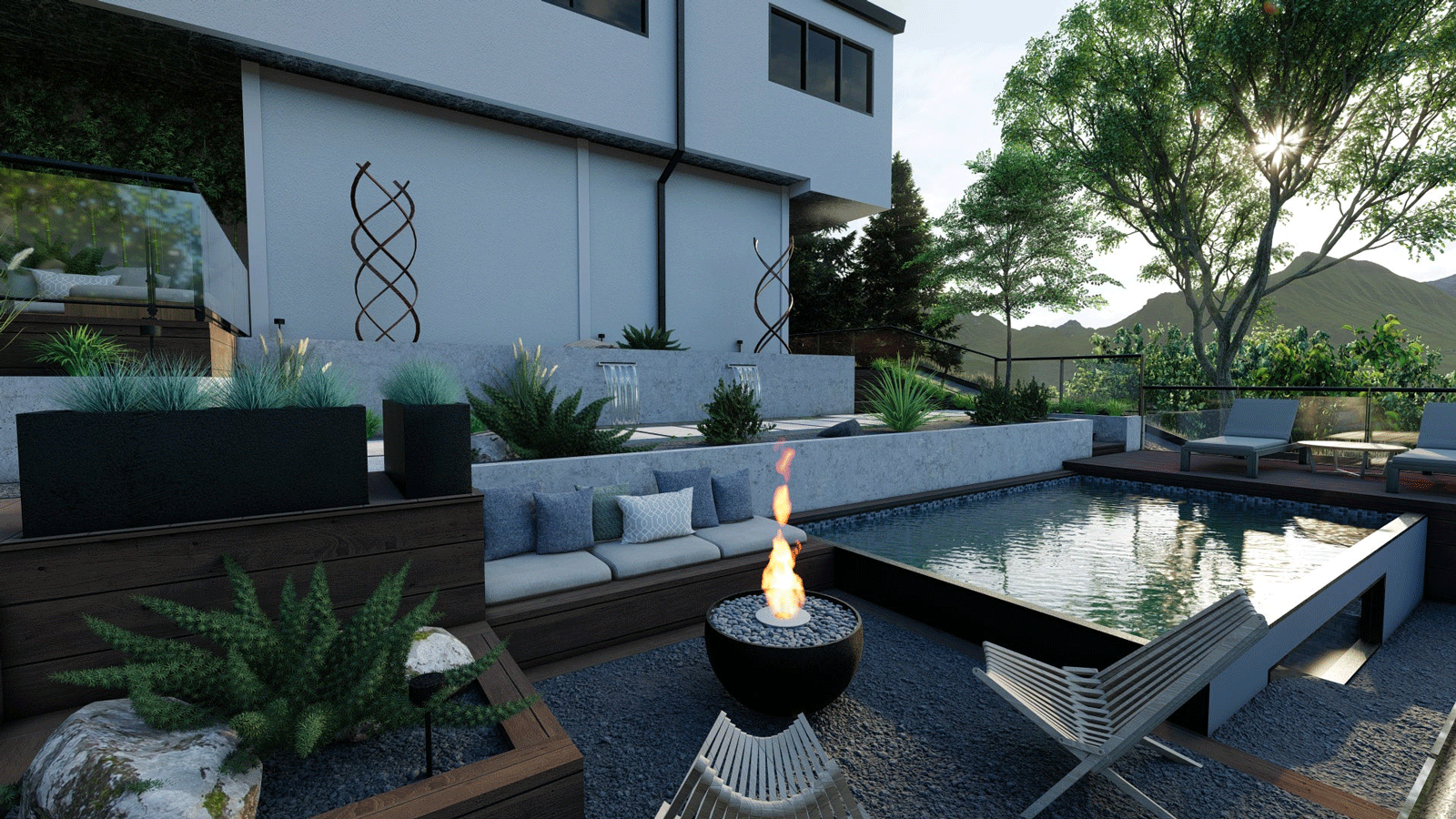
If you're looking for inspiration on how to change something you feel no longer works in your garden, a good place to start is by taking a look at these outdated backyard trends in case any resonate. We have all the expert ideas you need on how to switch things up and bring your garden up to date.
Whether your outdoor space feels too cluttered and busy or no longer suits your needs, or you're looking for modern backyard ideas that highlight the shift toward more conscious and responsible design, we've got you covered.
From the latest takes on sustainable landscaping to new hi-tech features, get ready to transform your garden into a more stylish space that's both beautiful and functional with our expert ideas.
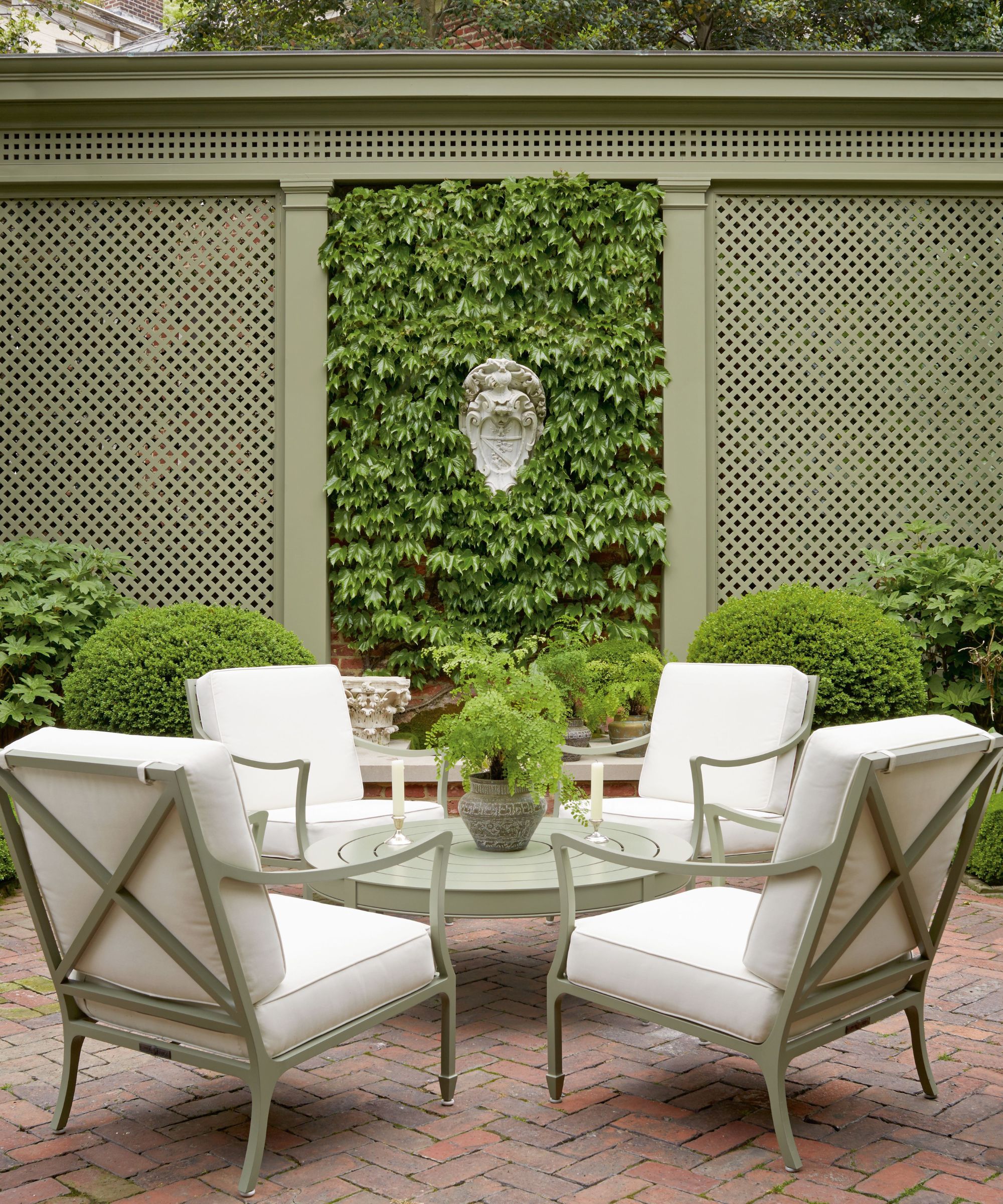
8 outdated backyard trends
Here's our round up of the 8 looks we're keen to say goodbye to in 2025, plus inspiring new ways to replace them with something so much better. So, if you've already worked on updating outdated front yard trends, here's all the advice you need to modernize your backyard.
1. The modern, minimal look is being replaced by maximalist designs
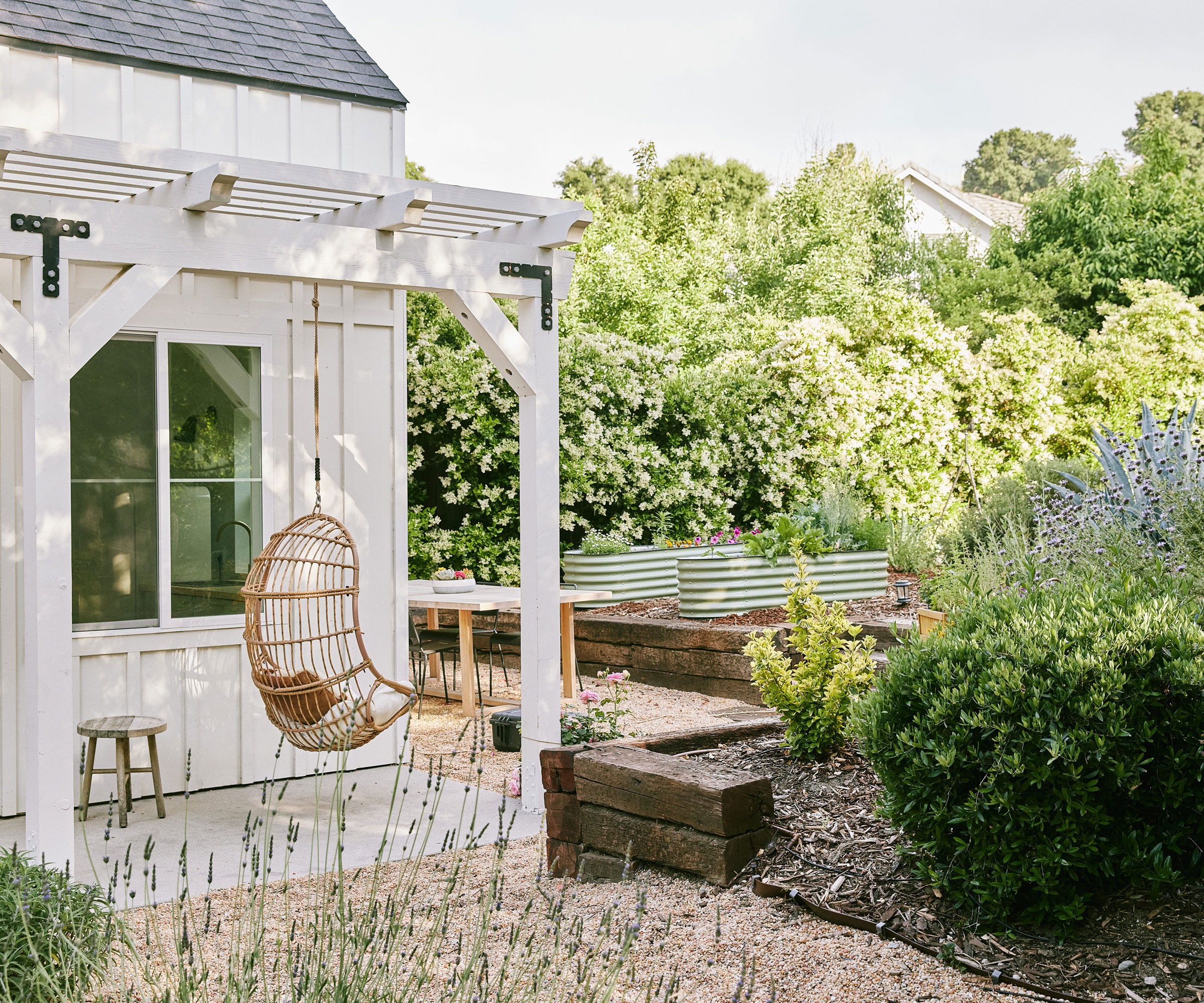
Simplified, streamlined garden spaces featuring a restrained color palette and a repetitive geometric planting scheme have been a go-to for urban landscapers for quite a while now. But there's evidence we are swerving to something a little more naturalistic and unstructured in our outdoor design choices.
'We're seeing a big uptick for 'the maximalist yard',' says landscape architect Kevin Lenhart, design director at landscape build and design experts Yardzen. 'The tides are turning after many years of neutral modernism to embrace lush plantings, flowers, and color in outdoor living spaces.'
Kevin reports that over the last year, Yardzen has seen a 64% increase in requests for color in the yard in both plants and furniture. 'Year on year, we've also seen a 22% increase in requests for "full and lush planting", as opposed to "sparse" planting.'
So, it looks like the days of 'designed' planting schemes in a neutral palette with white flowers in a contained space could be numbered.
2. Contrived garden design gets superseded by wildness
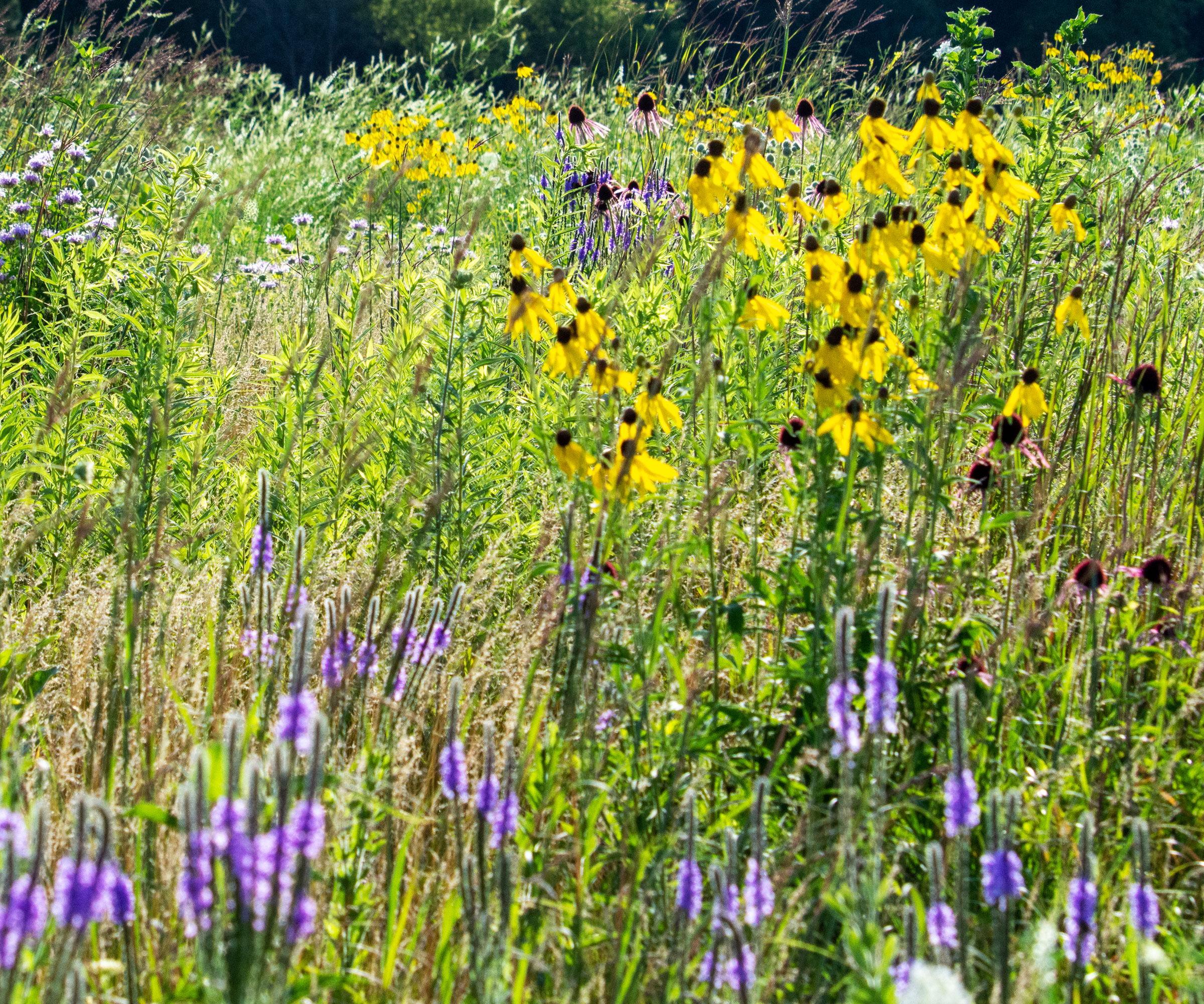
If things look 'placed' in your yard it could be time to adopt the trend of a more relaxed approach that embraces wild gardening. Remember that weeds are not necessarily a bad thing, self-seeders can be good, and plants take on special qualities when allowed to ramble in peace. Choose to welcome and accommodate the presence of wildlife, which in turn will support and nourish the life of the soil.
'Welcoming a little wildness can start small, in a section of the garden perhaps farthest from the house, where flowers are allowed to go to seed,' says landscape architect Nora Harlow, co-author of Plants for a Lush, Water-Conscious Landscape, available here from Amazon.
'Let fallen leaves remain on the ground to wither and decompose, at least until spring. Some plants formerly known as weeds are encouraged to audition for a role. As you watch from a bench or hammock, it is obvious that this part of the garden is favored by birds, bees, and butterflies.'
Learning to let go of things a little means less garden maintenance so there will be more time to relax and enjoy a more easy approach to yard work.
3. Big green lawns are making way for natural landscaping
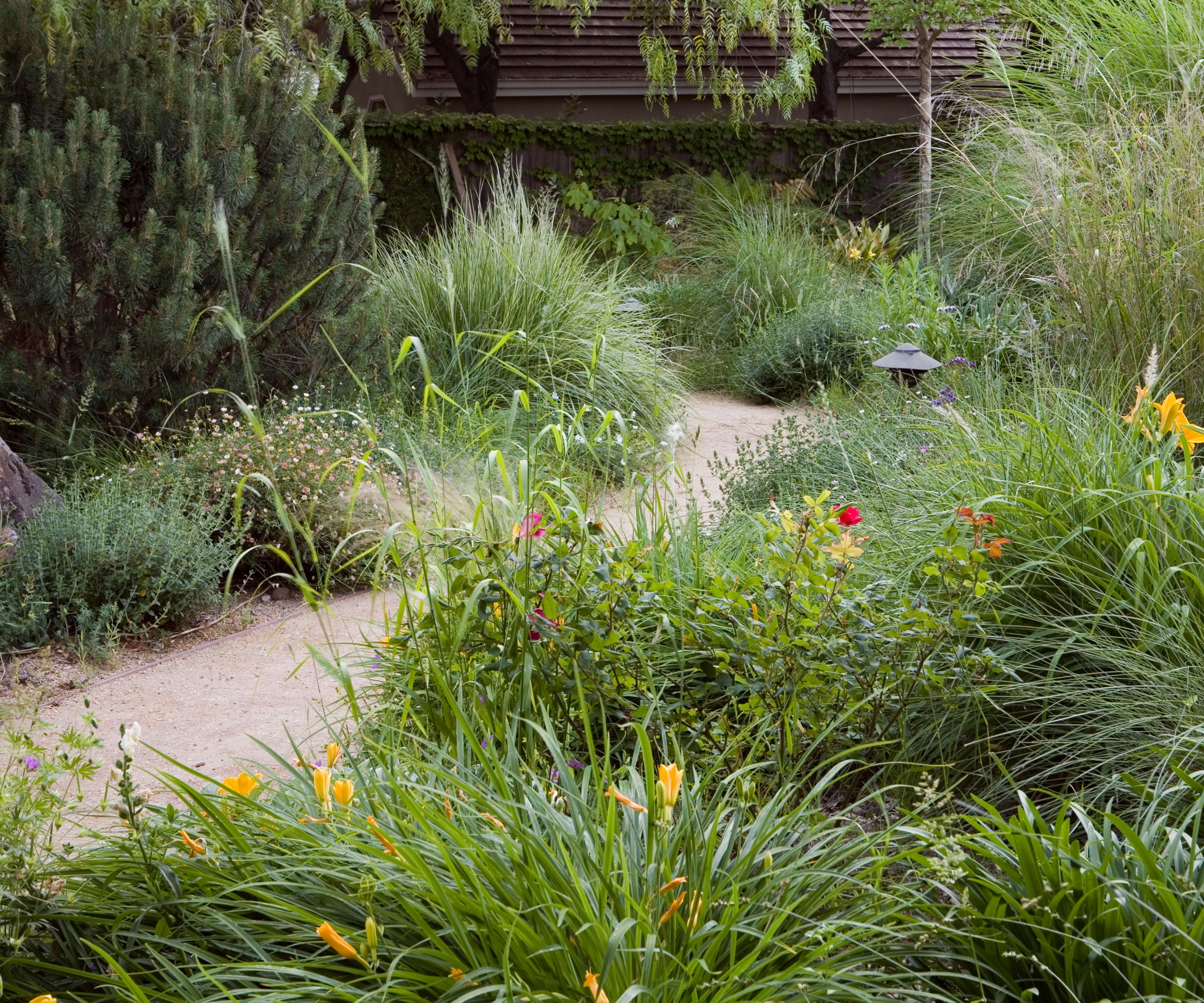
'Swathes of green grass are out,' says Kevin Lenhart. 'Across the country our clients are increasingly requesting that their design team remove most of the lawn, reserving a small section for kids and pets, and replacing it with native plants, edible gardens, and usable space.'
Kevin has also witnessed a 29% increase in requests to remove a section of lawn or remove lawn altogether. So what does 'the new lawn' look like?
'With more environmental awareness about wise water use and climate change, along with rebate programs that make lawn replacement more affordable, there's been a trend toward more natural-looking landscapes that integrate native plants,' says LA-based landscape designer Camille Cimino, founder of the Nature of Things.
'Unlike flat, monochromatic lawns, these designs provide color and a sense of life and movement, not just from the breeze but from birds, butterflies, and beneficial pollinators that they attract.'
The latest no-grass backyard ideas encourage naturalized, native plantings to embrace a 'wilder' approach to green spaces. Many people are also opting for native evergreen plants and perennials that return year after year.
'Low water bunch grasses, such as Carex pansa, are easy to take care of, and incredibly versatile,' says Camille. 'If planted over a large area, they can substitute for a lawn, swaying beautifully in the breeze.'
4. Non-native plants ousted by native varieties

Next time you're shopping for plants at your local garden center bear in mind that restoring native plant habitat is vital to biodiversity, helping to nurture and sustain the living landscape for birds and other wildlife.
'Gardens that integrate more native planting also change with the seasons, and a well-designed garden can be "seasonally stacked", meaning it integrates spring-blooming, summer-blooming, and fall-blooming plants, so beautiful things are happening year-round,' says Camille Cimino.
Native plants are those that occur naturally in a region in which they evolved. Unfortunately, many of the landscaping plants available in nurseries are imported, and using these is an outdated backyard trend, especially as people seek to grow native species from local ecosystems.
So, hop on the trend of benefitting wildlife by simply selecting native plants when making your landscaping decisions. To do your part, use the National Audubon Society's database to discover native plants in your area. All you need to do is enter your zip code. It's as easy as that.
5. Impermeable hardscaping gets switched for porous options

'Water management is going to be even more important in 2025,' says green infrastructure and stormwater expert Olivia Harris, president of Invisible Structures. 'Consequently, impermeable blocks in landscape and hardscapes will be replaced with porous pavers that can be filled with grass and/or gravel. This will help achieve a stylish backyard that is a sustainable choice too.'
The aim is for beautiful paved backyard ideas that conserve water and reduce runoff. Traditional asphalt is on its way out, adds Olivia. 'It retains heat like crazy and cracks easily. It also has no upside with water management.'
Instead, porous pavers are trending, especially plastic porous pavers. 'These are trending the most because they tend to be made with recycled plastic, an added benefit for the environment, and are less expensive than concrete blocks,' says Olivia. Landscaping with gravel is also a great idea.
The more impermeable surfaces you replace, the better it is for the drainage on your property. Your contribution reduces runoff and helps to replenish groundwater, which is a dwindling resource.
6. Chemical fertilizers are out and cover crops are in
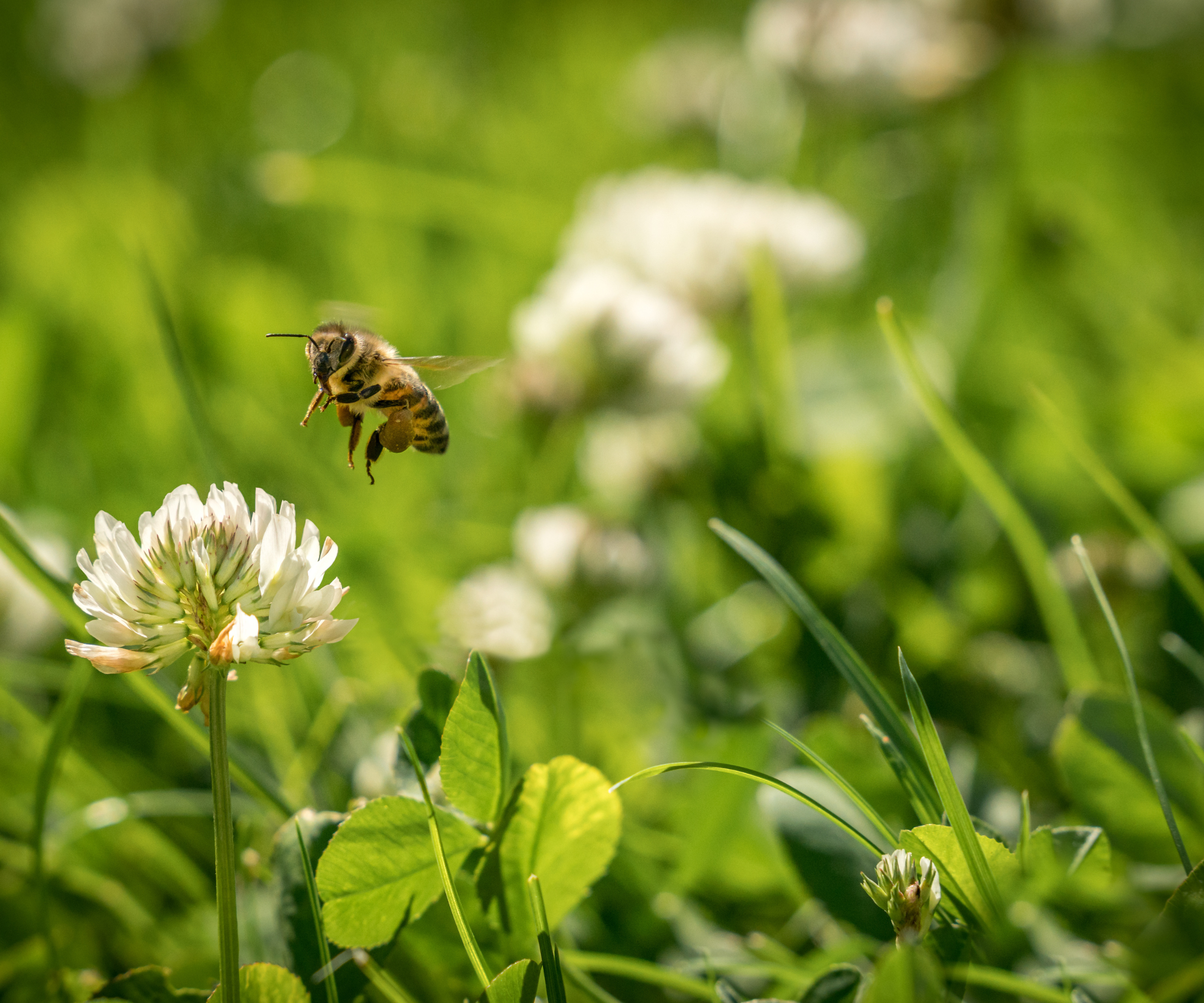
All successful planting endeavors start with the earth in our yards, so the importance of cultivating healthy soil is vital. Good soil management means replacing what's taken out of the soil so your plants will thrive. Also known as green manures, cover crops are plants used to improve and maintain your soil by returning depleted nutrients, as well as protecting against erosion.
'Cover crops offer an effective strategy for fostering ecology,' says planting designer Kelly D. Norris, author of the new book Your Natural Garden: A Practical Guide to Caring for an Ecologically Vibrant Home Garden, available here from Amazon.
'The use of cover crops dates back to ancient civilizations. In temperate regions, cover crops are often sown in fall to capture winter nutrients, while in tropical areas, they replenish soil during the hot, dry season.'
The quickest way to positively impact your soil is to plant something. 'The communities of organisms in the soil thrive when plant roots join the party,' says Kelly. 'Increasing plant diversity boosts the abundance of soil-borne fauna, which directly affects almost all other biological properties of the soil. The more life in the soil, the more life it can support.'
Cover crops such as clover, rye and mustard are easy to plant, and seeds can be sown at different times of year. They are left to grow for several months then cut down and dug into the soil before planting to give them time to break down and enrich the ground.
7. Water-guzzling plants lose out to more resilient types
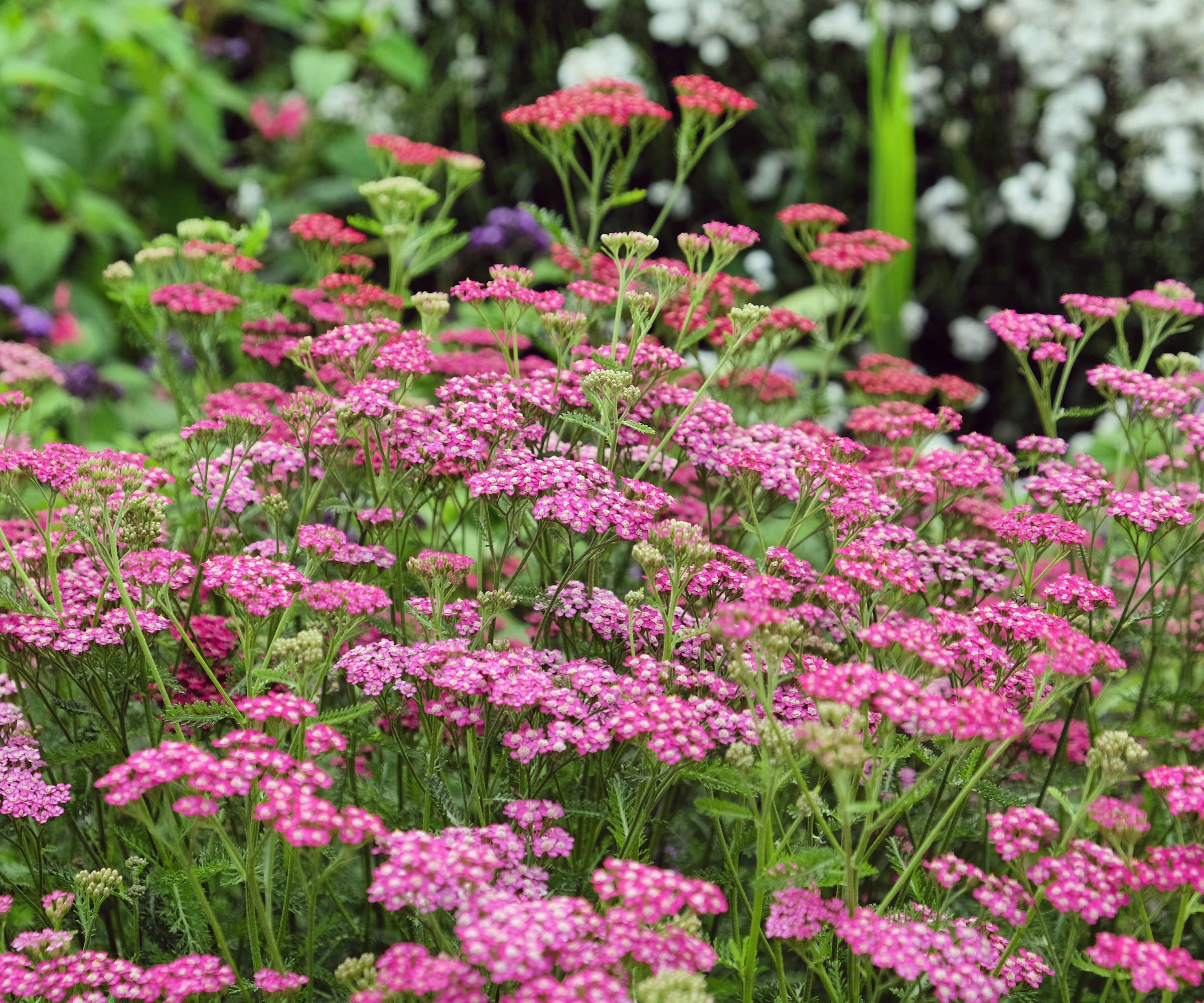
With drought conditions now a regular feature in so many areas, exotic blooms like canna and hibiscus are out of favor as we hop on the trend for more resilient plants that don't need so much water.
There is a definite move towards choosing drought-tolerant varieties. Favorites include succulents like agave and yucca, ornamental grasses such as feather reed grass and blue fescue, and flowering perennials like lavender, achillea and coneflowers.
There are some common misconceptions about low-water plants but don't let that put you off. 'In my travels throughout the southwest, I’ve visited countless color-filled, low-water gardens,' says gardening expert Nan Sterman, author of Hot Color, Dry Garden, available here from Amazon. 'It's high time that we set the record straight about what can be achieved, even with increasing water constraints.'
The perception is that drought-tolerant plants tend to be brown, lifeless, and colorless. 'My own garden and those I design for clients are filled with riotous color, alive with butterflies, lizards, rabbits, and birds, including hummingbirds whose iridescent throats glisten red and emerald as they dart about the garden.'
It's easily possible to have a lush and plant-filled space that looks good too with the latest drought-tolerant landscaping ideas.
8. Luxe outdoor kitchens are taking over from basic grills
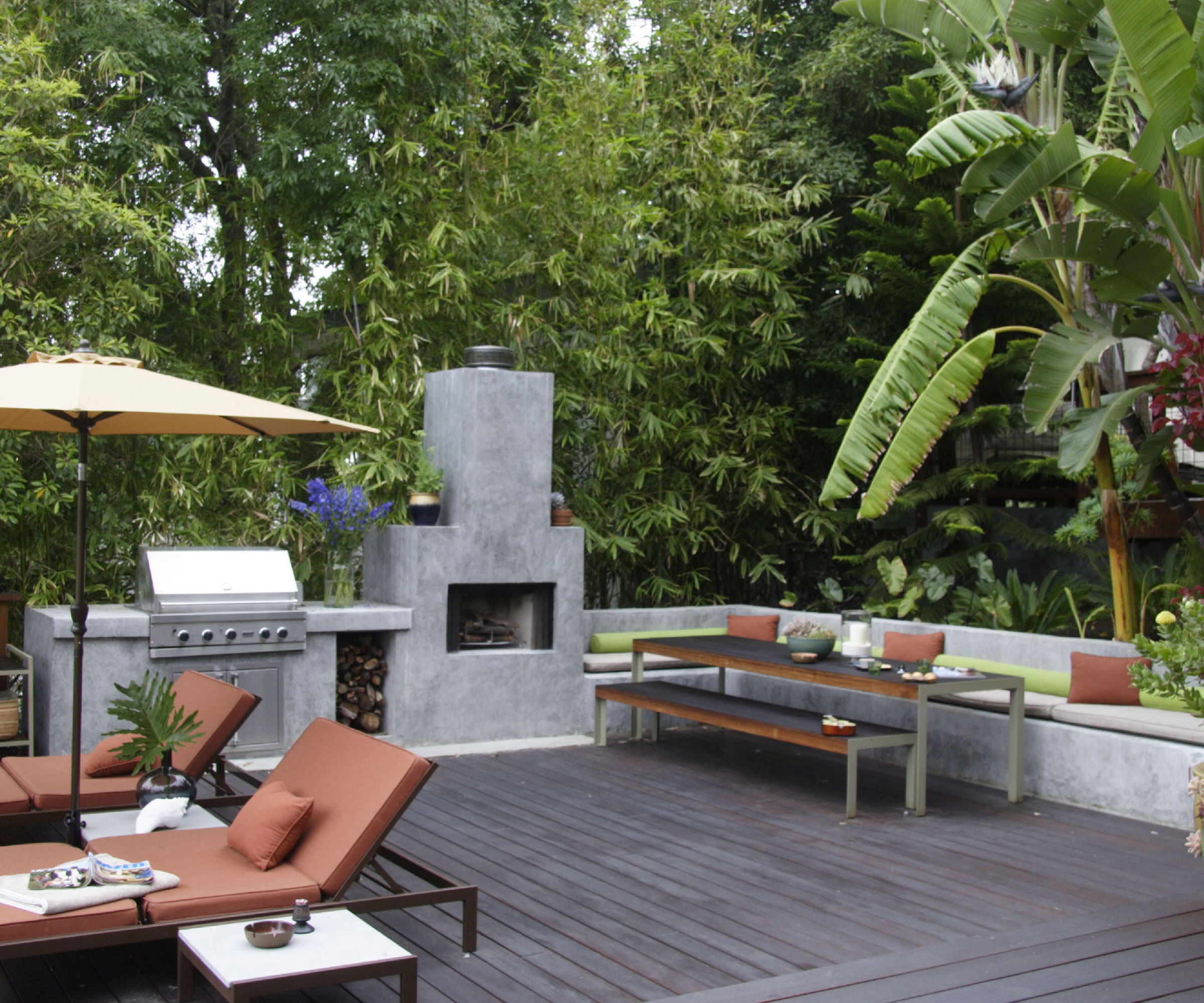
The luxury outdoor kitchen trend is one that doesn't seem to be slowing down, as demand increases for the same level of design, materials, and smart appliances we get indoors, plus of course those unique outdoor elements like pizza ovens, smokers, and automated shading.
'It's an increasingly important part of our business here in the Jacksonville area, but I've also seen similar results from my colleagues in other markets,' says Rafi Friedman, president of Coastal Luxury Outdoors. 'We're also seeing more diversification in the market, with some customers opting for setups like a counter and a sink to put next to a grill, and others going for fully-furnished outdoor kitchen/dining spaces in areas with reliably good weather.'
Basic grills no longer cut it, so find out the best ways to incorporate a grill into an outdoor kitchen to update your space. New designs connect to your network, and provide push notifications on your mobile device to keep you in the loop in terms of how things are cooking. This means you can step away to socialize with your guests.
The latest grill centers are now much better lit too, offering options like under cabinet lights, task lighting, and down lighting. We love the idea of multi-purpose outdoor bar fixtures too, which combine a sink, faucet, ice bin, space for garnishes, and outdoor-rated wine fridges.
FAQs
What are the key ways to create a backyard retreat?
Turning your garden into a wellness retreat featuring ideas like meditation zones, yoga platforms and backyard spas is a big trend for 2025. These ideas let you create a truly relaxing environment where you can unwind while cocooned in nature.
'Our clients see their outdoor living spaces as an important source of usable square footage to add functionality to their homes,' says Yardzen's Kevin Lenhart. 'We've seen this come to life with ever-increasing requests for alfresco wellness features, turning the yard into a retreat.'
Kevin reports a 74% increase in requests for backyard saunas, and a 26% increase in requests for cold plunges. You'll also want to think about the best hot tubs, as well as finding out more about garden Feng Shui for creative ways to introduce a sense of calm to your space.
When thinking about outdated backyard trends always keep sustainable practices foremost in your plans with zero waste gardening ideas. If you live in a hot climate think about xeriscaping to create an outdoor space that requires minimal water and maintenance, and is environmentally friendly too.







